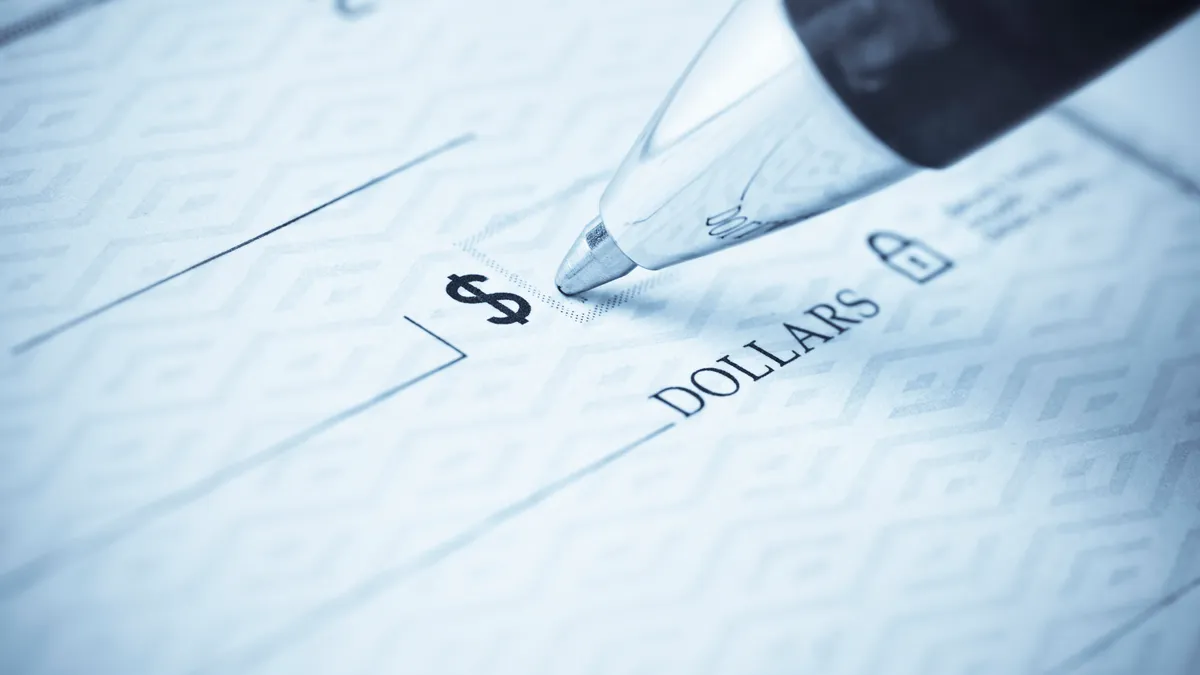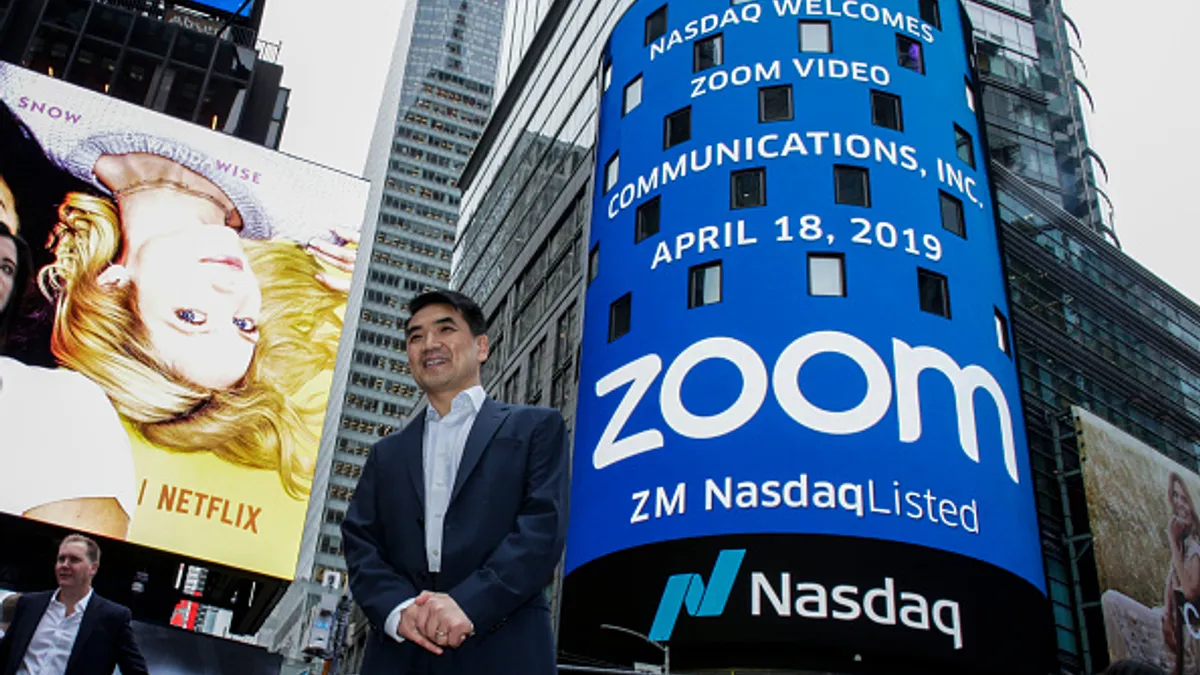An annual survey of treasury and other financial department executives in January turned up a startling result: U.S. businesses significantly increased their use of paper checks last year.
The number of respondents reporting use of paper checks for payments surged to 91%, up from 75% in 2023, according to an April 15 report from the Association for Financial Professionals.
The AFP issues its Payments Fraud and Control Survey report yearly, exploring the types of payments financial professionals use and how they encountered fraud in a given year. This year, the association seemed at a loss to explain the result.
”While it is unclear why check usage increased somewhat dramatically in 2024, some organizations may have been misled into thinking that check payments are safer than digital payments,” the report said. “This view is clearly false after reviewing the data collected” in the annual report since 2015.
Indeed, check payments are the method most often involved in payments fraud, with “63% of respondents experiencing attempted or actual fraud via checks in 2024,” the association highlighted in a press release Tuesday announcing the survey results.
That percentage declined only slightly from 65% in 2023, but is down substantially from 77% in 2014, the report showed. That may be related to federal authority notices, and extensive media coverage, of an increase in mail theft leading to check fraud.
“Our position is that more organizations are using checks because they are required to in some circumstances or that they are working with smaller organizations that use them,” AFP’s director of enterprise payments practice, Andrew Deichler, said by email. “Some organizations are in a place where they feel they can’t abandon checks.”
Still, Deichler noted only 11% of respondents use checks for more than half of their transactions.
Strikingly, the AFP report documented that some 75% of organizations that were surveyed have no plans to cut their check usage in the next two years.
The AFP report theorized that some business leaders might be reverting to checks in the face of a sea of new payments technologies because they’re more familiar with the paper approach to making payments. Those executives are being lulled into thinking that paper is a more secure method when it’s not, the report contended.
Nonetheless, there are other reports that have showed a surge in electronic payment fraud. The Federal Trade Commission fielded more fraud complaints last year with respect to electronic forms of payment than were cited with respect to checks, both in terms of the number of incidents and the value of money pilfered. There was $2.08 billion worth of fraud in 47,336 bank transfer payments last year compared to $225 million lost in 8,098 check frauds, according to reports analyzed by the agency.
Even the AFP spent a significant portion of its report focusing on the digital front, pointing to the emerging problem of business email compromises and the scams executives face originating from that realm. Member organizations pointed to “business email compromise” as the biggest source of attempted and actual fraud, with 62% of respondents saying they experienced an incident, down from 66% in 2023.
Still, Deichler made clear in an interview earlier this month that his organization’s perspective is different. “The data we’re looking at from financial professionals’ perspectives is showing that fraudsters are targeting checks,” he explained.
The Trump administration is trying to boost the move away from checks, forcing the federal government to stop using them by the end of September. An executive order requiring the end of check use called out the paper form of payment as prone to fraud and inefficient.
Overall, the percentage of AFP members who experienced some type of payments fraud last year was 79%, hovering close to the 2023 percentage (80%), and similar to levels between 73% and 82% every year since 2015.
The January survey by the Rockville, Maryland-based association elicited responses from 521 corporate practitioners at organizations of varying sizes in a broad range of industries.













